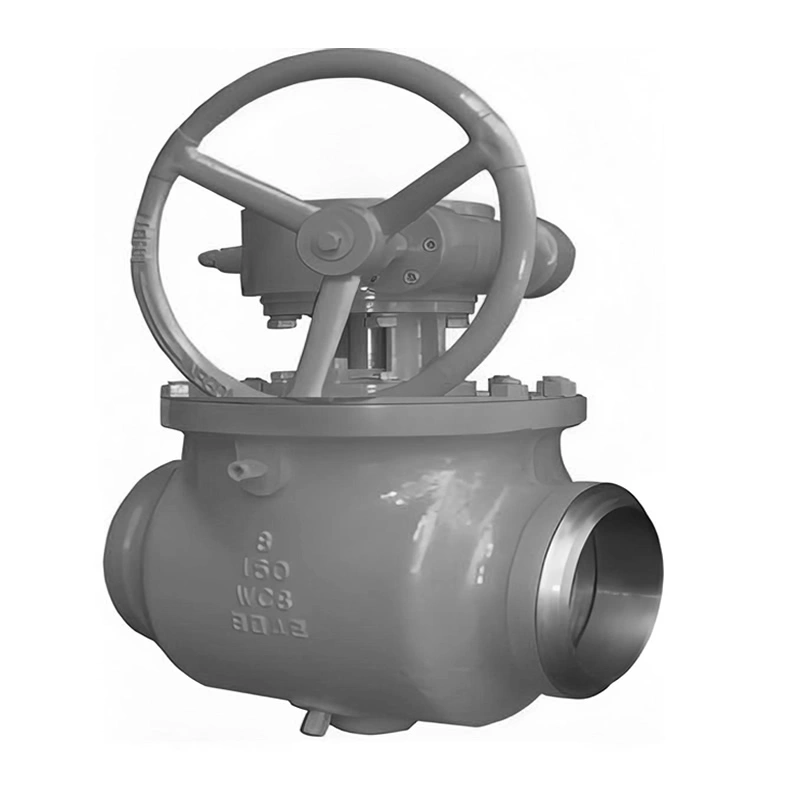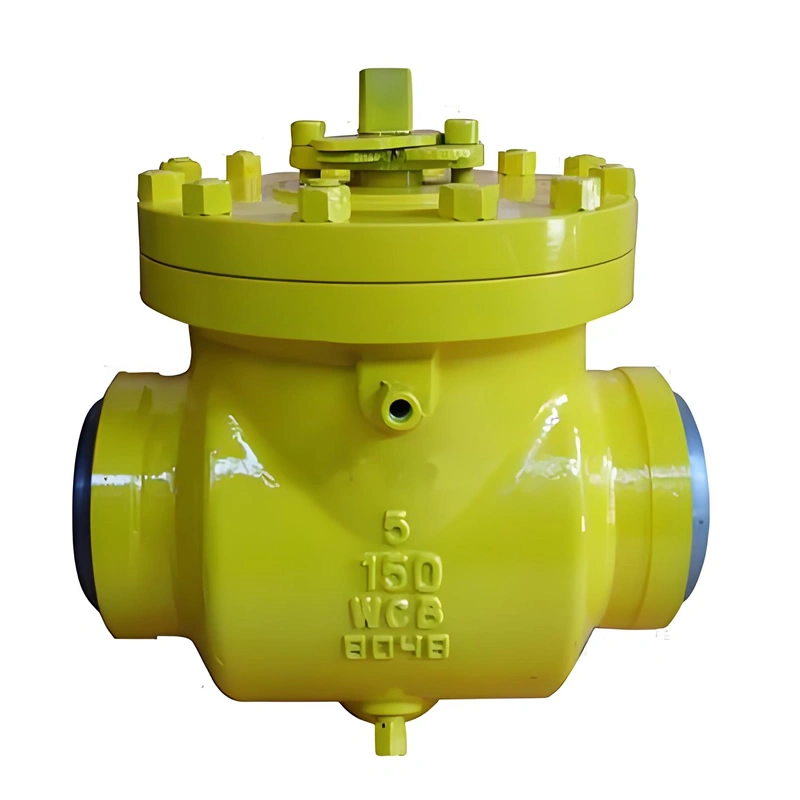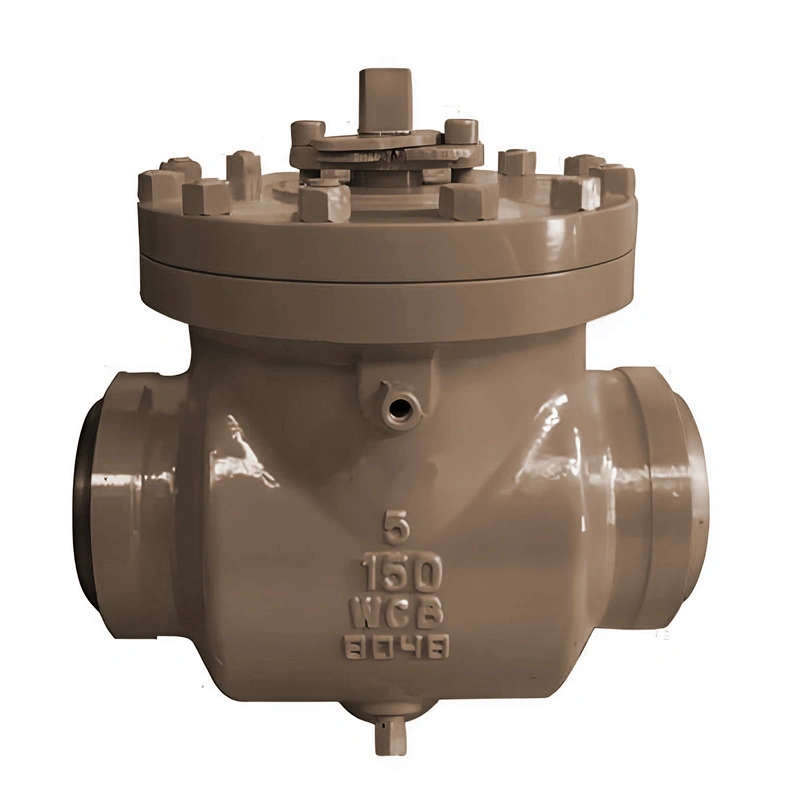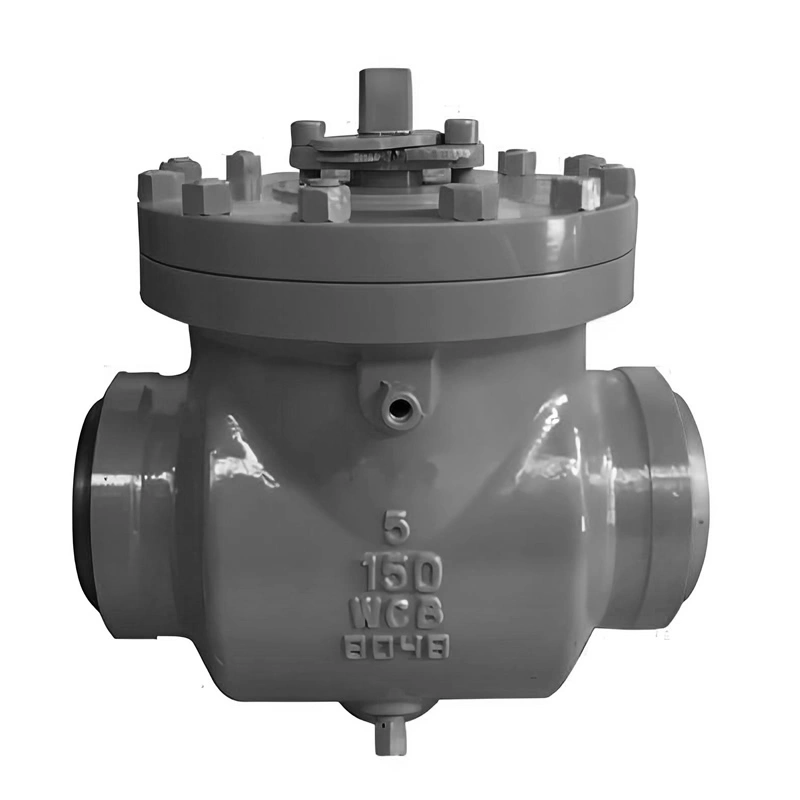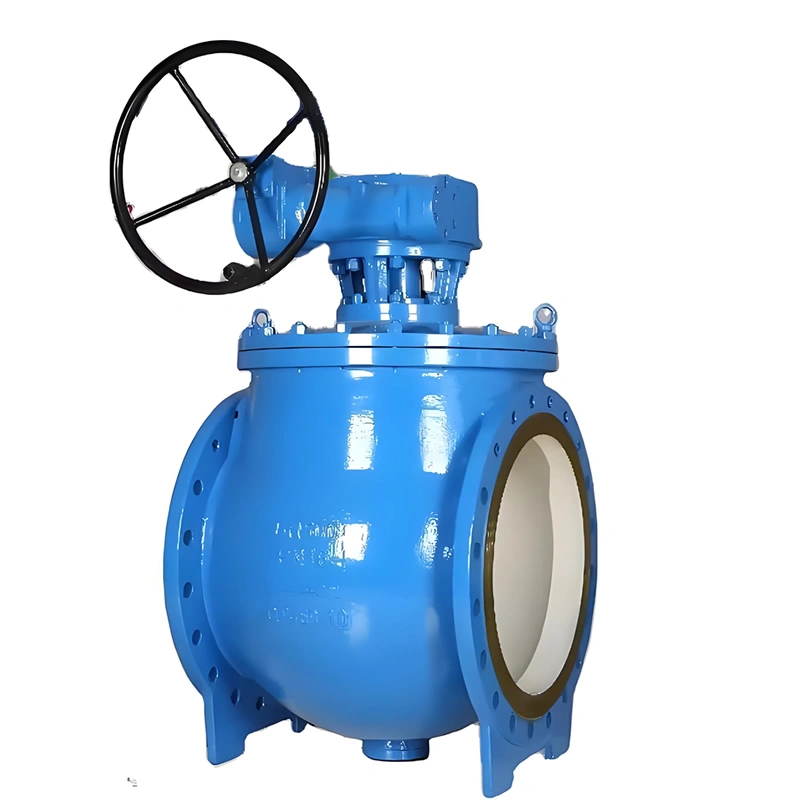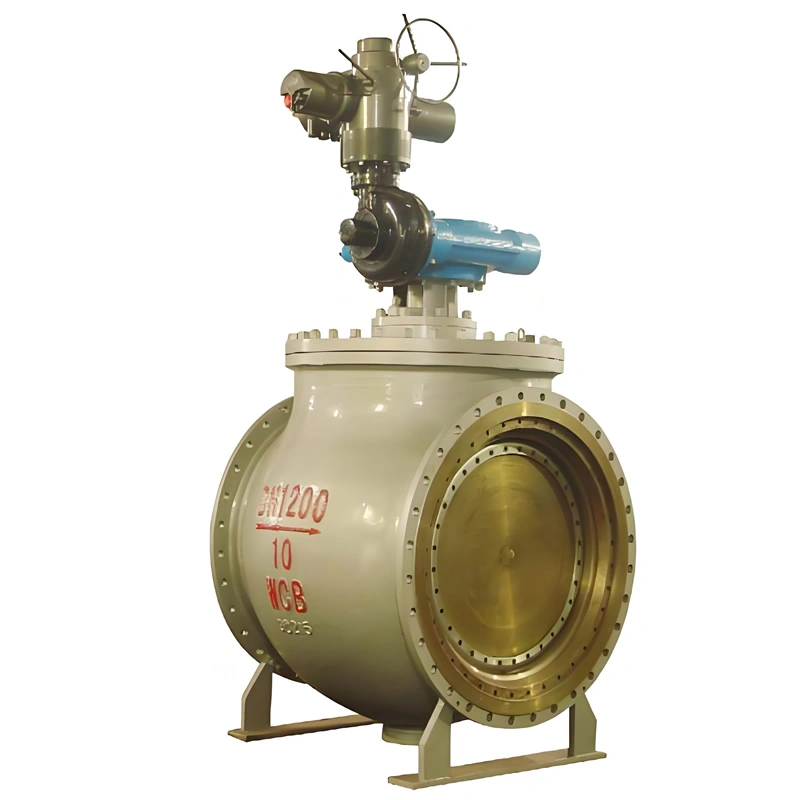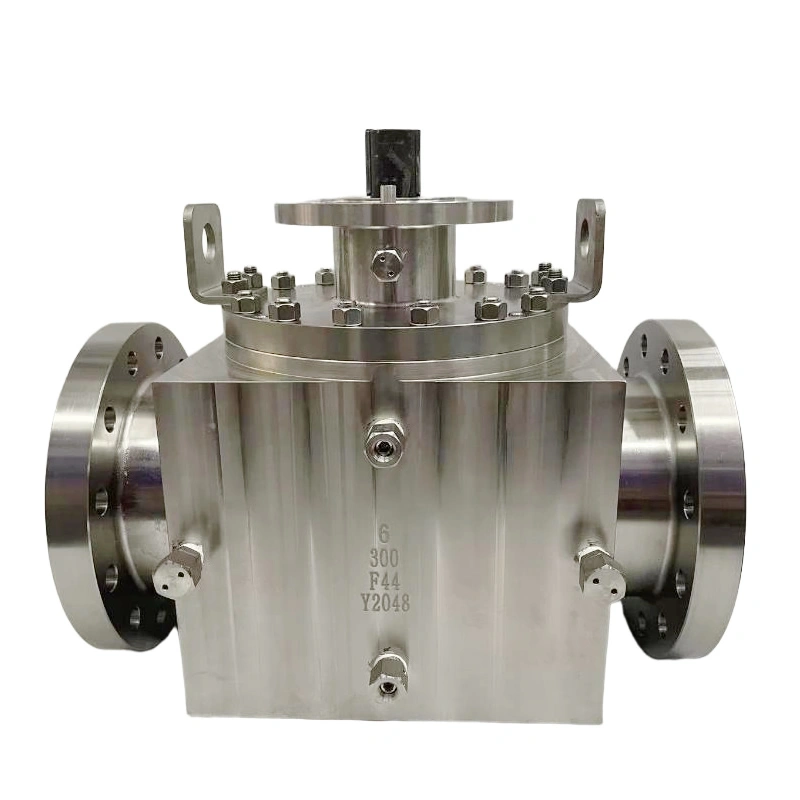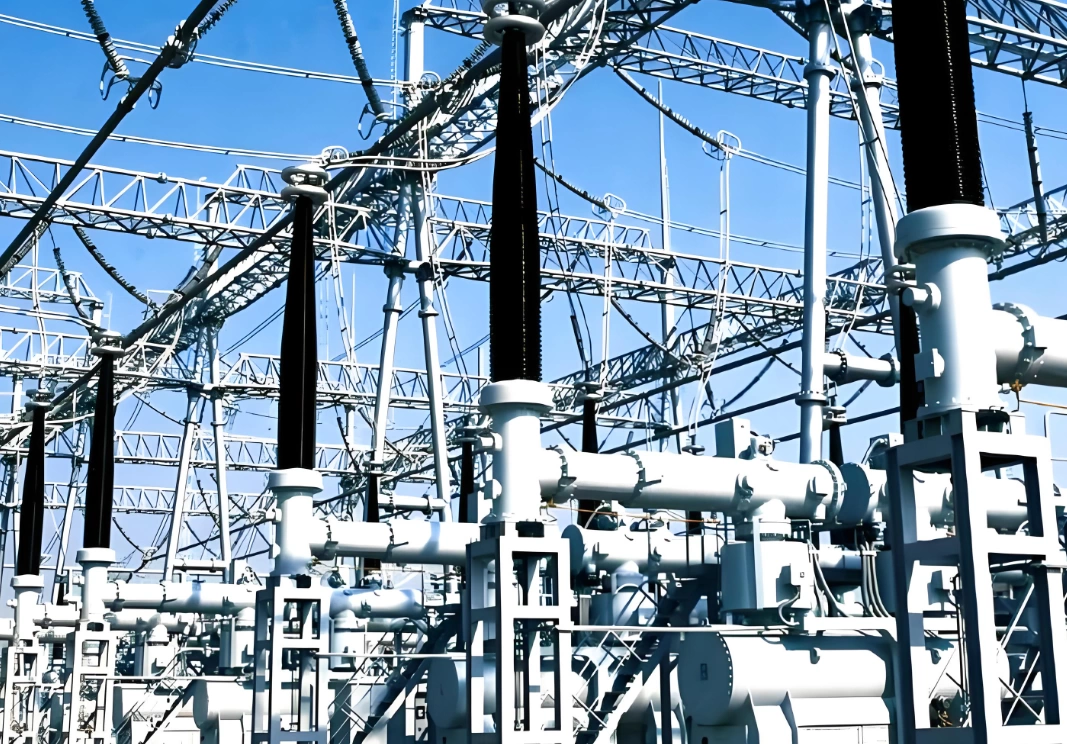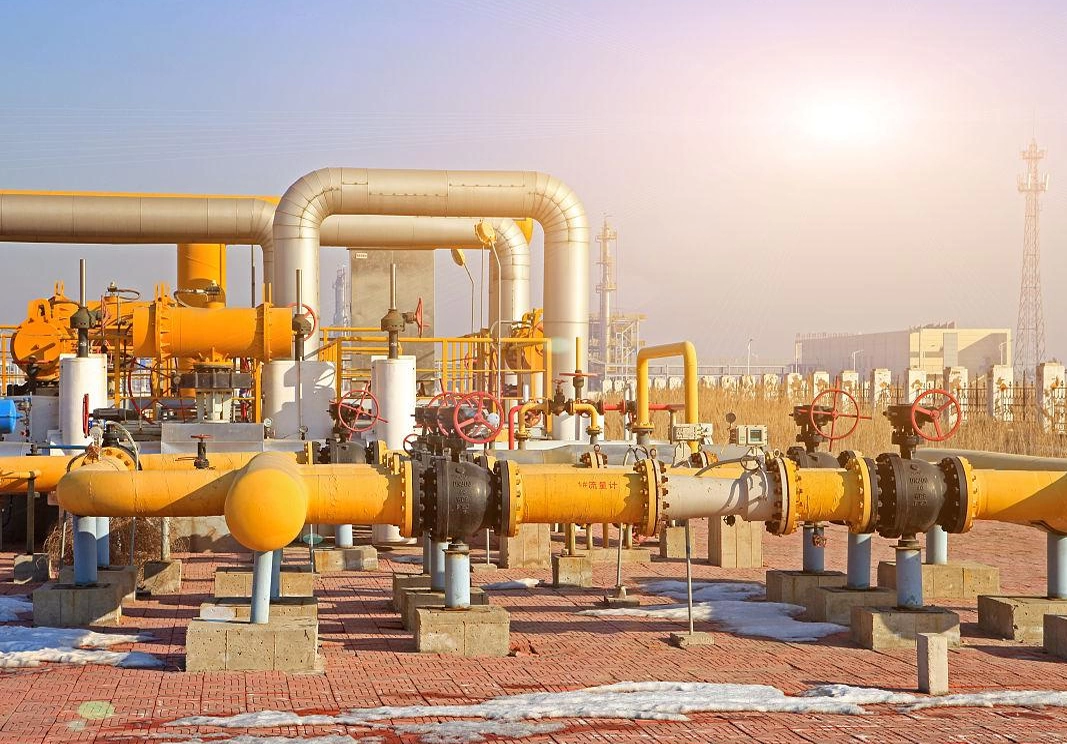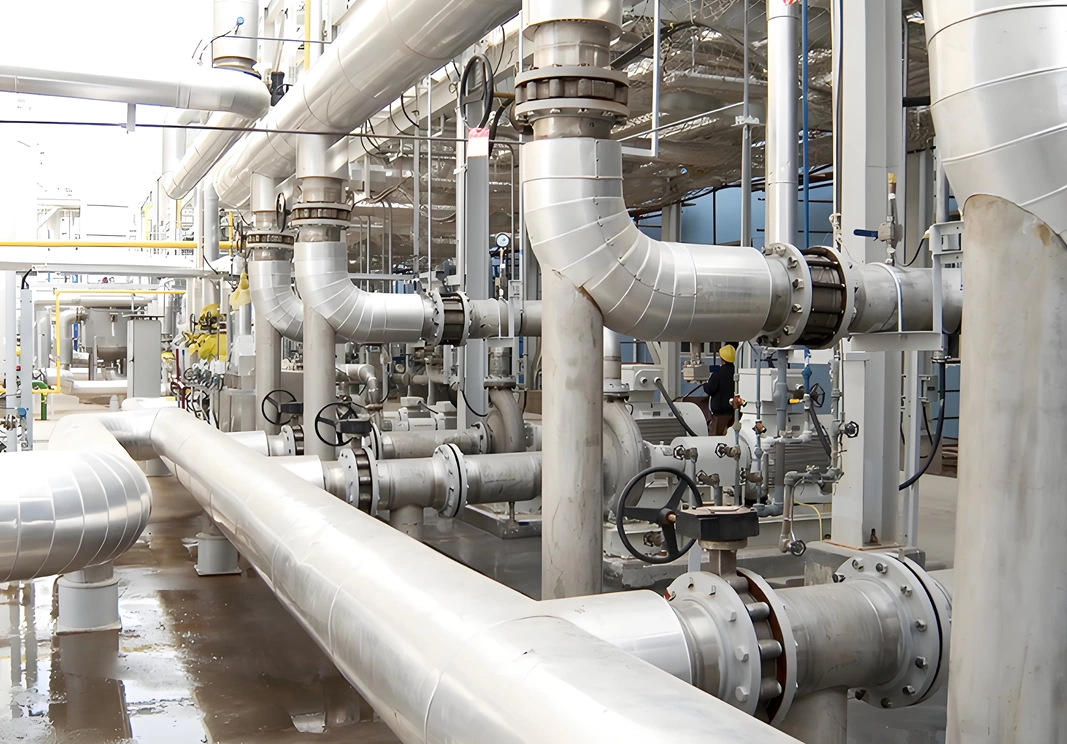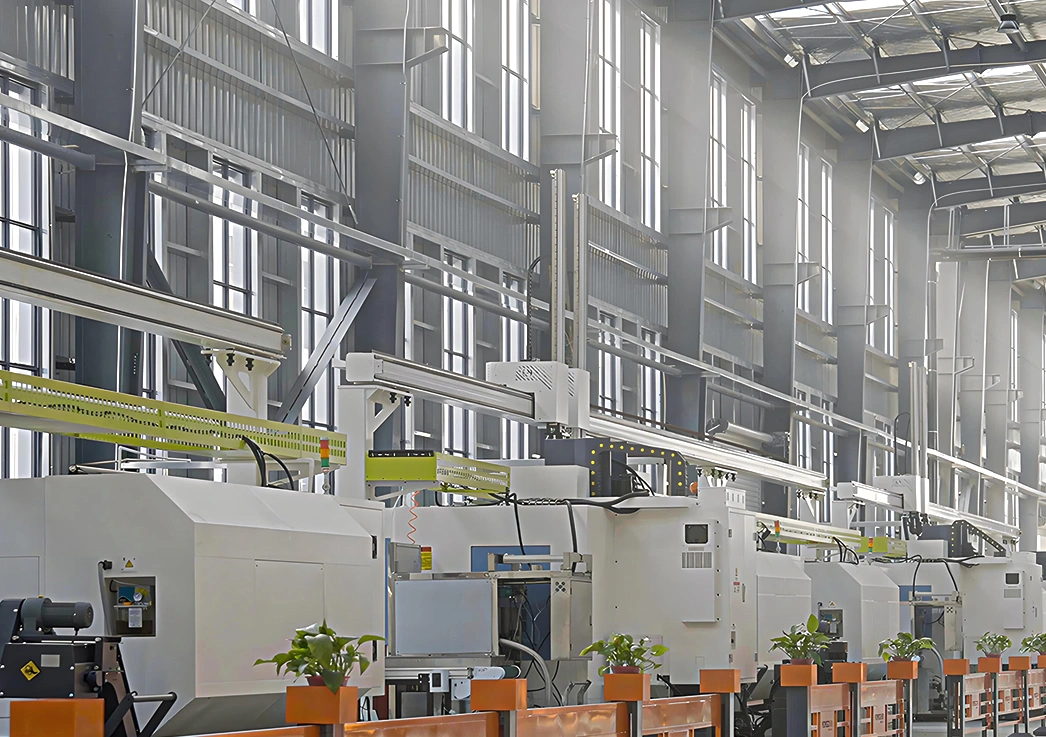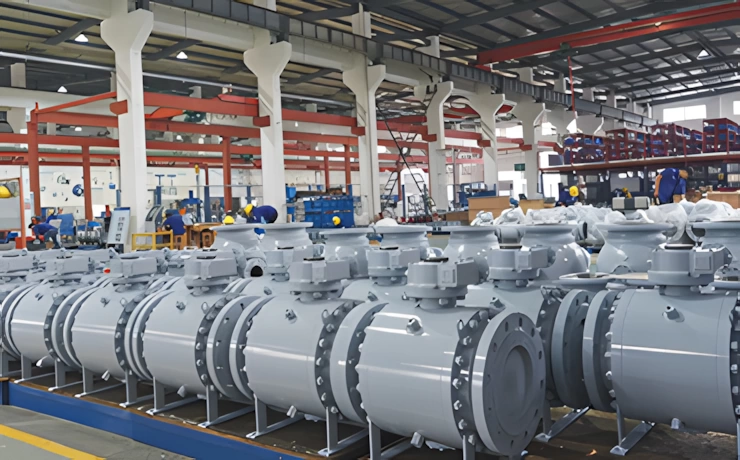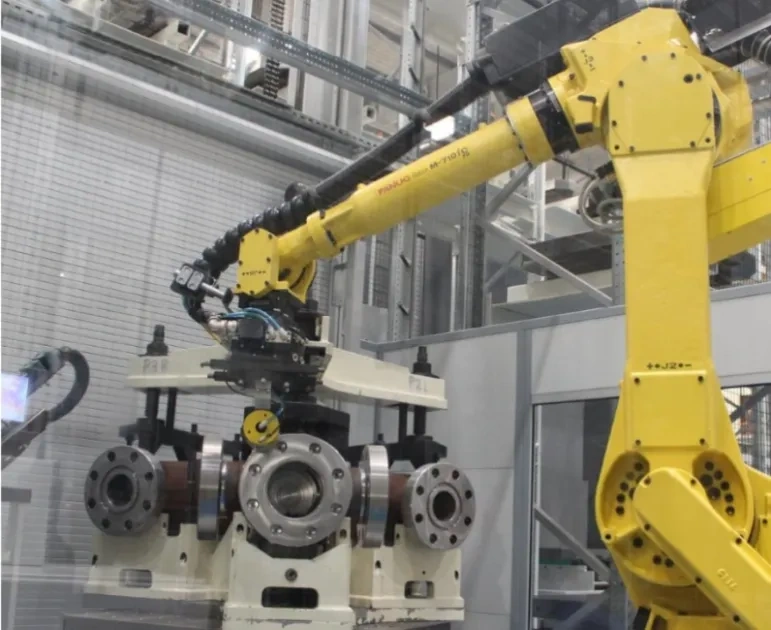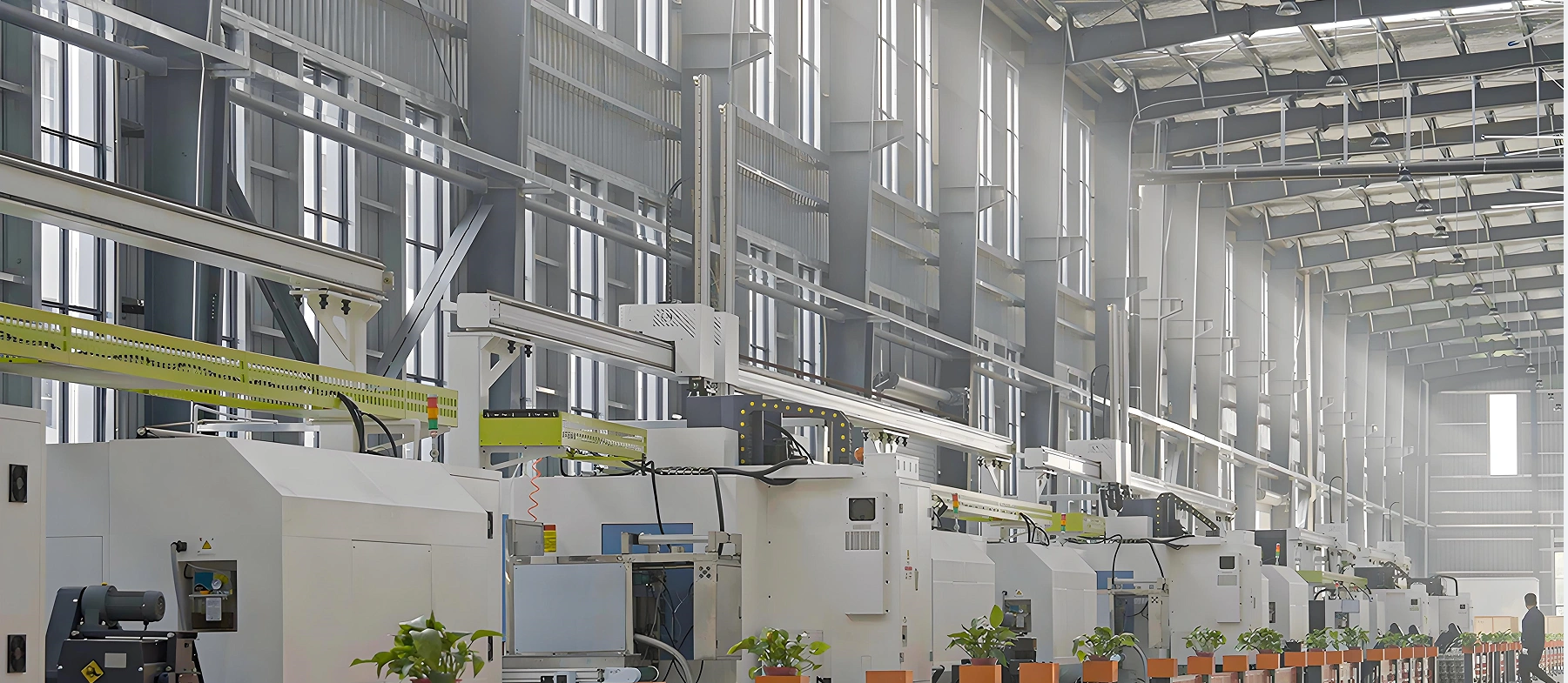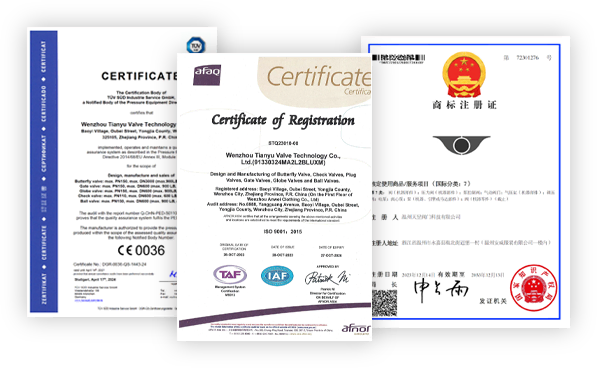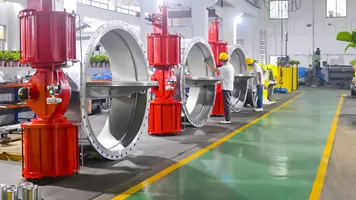III. Features Description
A. Straight Through Type Advantage
The straight through type design creates a linear fluid path, which significantly reduces flow resistance compared to valves with non-linear paths. This ensures efficient fluid transfer, reduces energy consumption, and makes the valve suitable for applications where maintaining high flow rates is crucial, such as in water supply and industrial fluid transport systems.
B. Floating Ball Sealing Performance
The floating ball design utilizes media pressure to enhance sealing. As the pressure of the fluid increases, the ball is pushed tighter against the seat, ensuring a secure seal even under varying pressure conditions. This design provides reliable sealing performance, minimizing leakage and ensuring the integrity of the pipeline system.
C. Top-Entry Design Benefit
The top-entry structure allows for easy maintenance and repair without removing the valve from the pipeline. By removing the top cover, technicians can access internal components such as the ball, seat, and stem, reducing downtime and maintenance costs. This is particularly advantageous in continuous production processes where system shutdowns are costly.
IV. Manufacturing Process
A. Material Selection and Inspection
High-quality WCB cast carbon steel is selected for the valve body and ball, undergoing rigorous chemical composition analysis and mechanical property testing to ensure compliance with industry standards. PTFE materials for the seats are inspected for purity and uniformity to guarantee sealing performance.
B. Precision Machining
Advanced CNC machining techniques are employed to achieve precise dimensions for the valve body, ball, and internal components. The ball’s sealing surface is polished to a high degree of smoothness (Ra 0.8μm or lower) to ensure tight contact with the seat. The straight through flow path is machined to strict tolerances to minimize flow resistance.
C. Assembly and Testing
Components are assembled in a clean environment to prevent contamination. The PTFE seats are installed with precise preload to ensure optimal sealing and smooth operation. After assembly, each valve undergoes rigorous testing, including pressure testing at 1.5 times the nominal pressure to check for structural integrity and sealing testing at 1.1 times the nominal pressure to ensure no leakage. The manual operation mechanism is tested for smooth rotation and accurate control.



